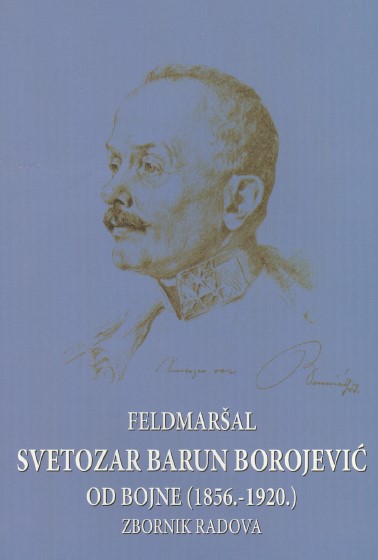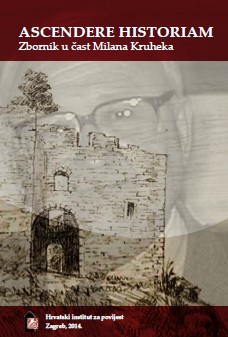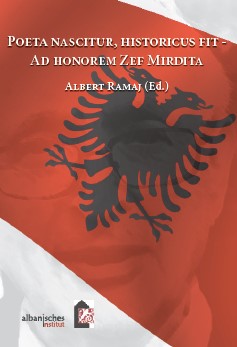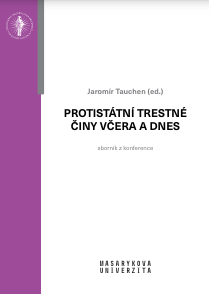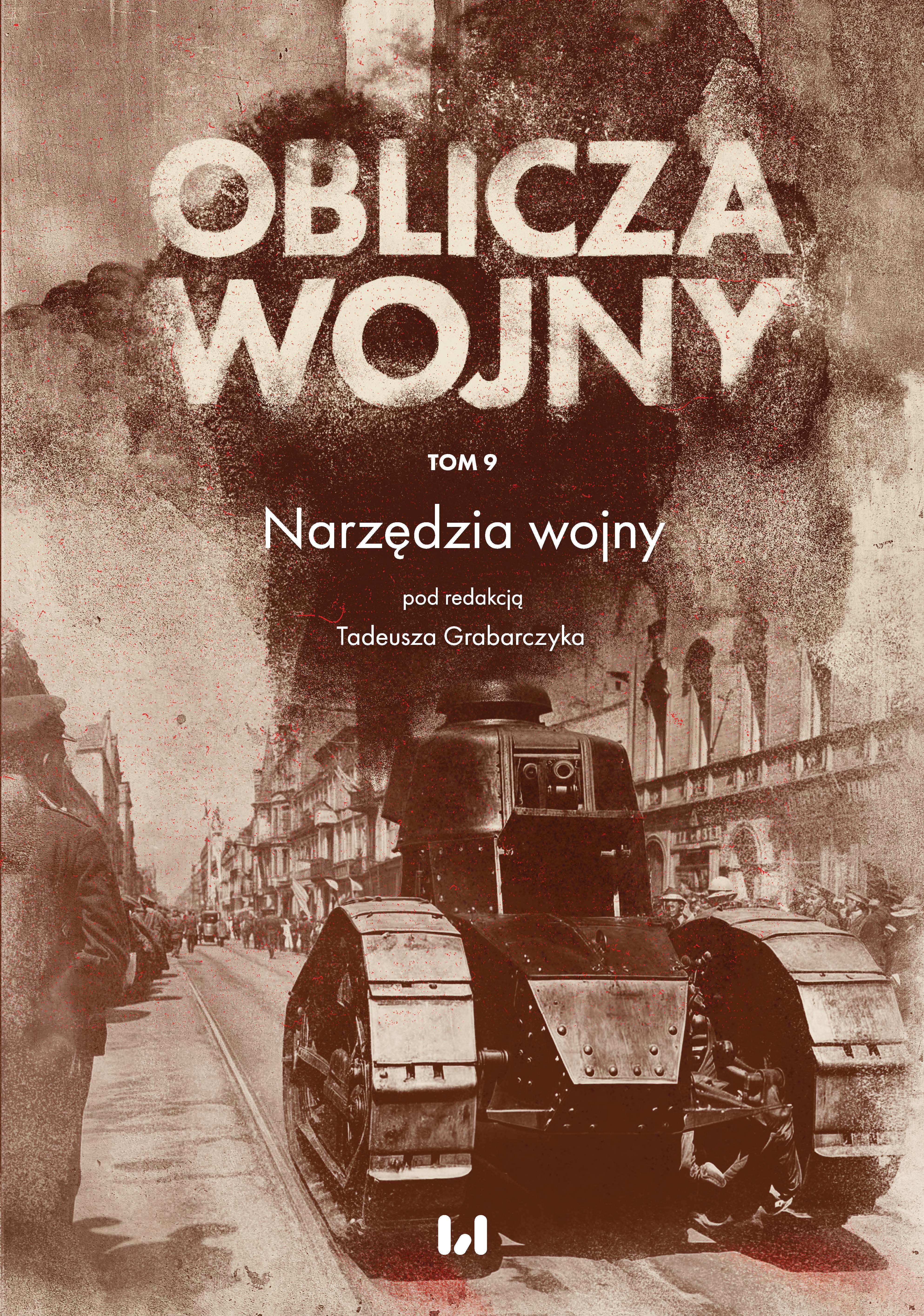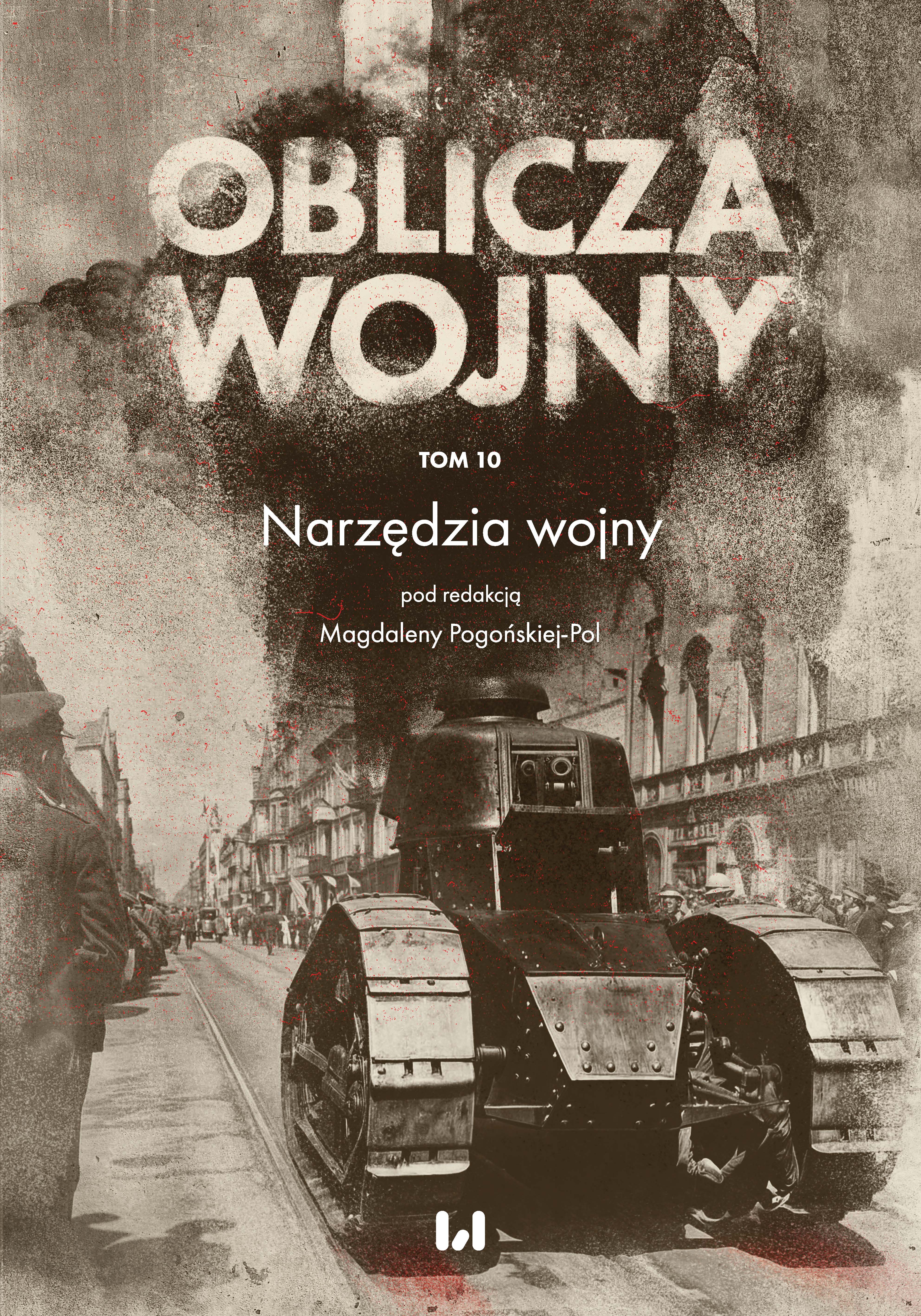Author(s): Mariusz Mielczarek / Language(s): English
Publication Year: 0
Homer was convinced that peace between states promoted wealth. In Greece during the archaic period, people realised that financial resources were necessary to wage war. They knew that war had to be paid for, although in the 6th century BC, a citizen of the polis was obliged to arm himself at his own expense. Over time, the idea that money was necessary to go to war became fully established. In light of archaeological finds, we are entitled to believe that since the creation of the coin at the end of the 7th century BC in Asia Minor, money was quickly used to pay soldiers’ wages – the coin was a practical means of payment, the quality of which was guaranteed by the issuer with his mark. It cannot be ruled out that the need to pay soldiers was one of the factors that influenced the production and distribution of coins, which may be confirmed by a find from Sardis, where a coin was found next to the body of a soldier. A text written by Alcaeus in the 6th century BC informs us that he was given 2000 Lydian staters for the army. The need to pay mercenaries encouraged the spread of coin production. Coin money became an excellent ‘argument’ when the enlistment of mercenaries was necessary. Thus, money and war became fused. The opinion of Pericles (495–425) relating to the Peloponnesian War 495 – 429 BC (as recorded by Thucydides) is symptomatic, testifying that in the 5th century BC money was a ‘natural’ tool of war. In the 5th century BC, paying mercenary soldiers was commonplace, thus money was used to influence decisions relating to the number of troops and the timing of their use (mainly in relation to mercenaries). During the Peloponnesian War, an Athenian hoplite fighting at the Potidaea received one drachma per day (plus an allowance for ‘servants’ of one drachma). The Peloponnesian War, fought between Athens and Sparta in the years 431– 404, provides an example of another wartime custom, i.e., the issuing of replacement currency. The long-standing conflict between Athens and Sparta forced the Athenians to issue money to replace the well-reputed ‘owls’ when silver was in short supply.In Demosthenes’ speech from 351 BC we find evidence that the idea of conscious accumulation of money for war purposes was commonly accepted. In order to pay the army, temples and their treasuries were plundered (in ancient Greece, temples conducted business). From the 4th century BC onwards, the confiscation of temples’ resources to raise money for war became the norm. This change was brought about by an increase in the number of mercenary soldiers, which, in turn, was also associated with the need for longer war campaigns. These troops had to be paid for their service, indicating that money had become a tool of war. While Plato pointed out that war and money are closely linked to each other, Aristotle developed this idea even further by stating that war was the art of earning money.One particular example of when coins became a tool of war was the operations of the mint at Tarsus – it is believed that the money produced there was intended for Greek mercenaries in Persian service. It is worth recalling that, according to Arrian’s account of Alexander III of Macedon (356–323) expedition to the East, Greek soldiers were worth the money they were paid for their service. Alexander III of Macedon (336–323), following in Philip II’s (357–336) footsteps, set off for Asia with scant, but well-calculated, funds at his disposal. When his general Parmenion (c. 400–330) captured the city of Damascus (where the Persian king Darius III (336–330) had established his quarters) and discovered a vast supply of bullion there, a mint was accordingly established. This mint operated from 330–320 BC and produced coins (at least in part) for military purposes. The quality of Alexander III’s coins was one of the factors that determined their popularity.During the Hellenistic period, the Ptolemaic army and the Seleucid army already had a ‘professional’ nature. Actions that were in line with the view that money had become a tool of war also involved establishing mints in places where none had previously existed. Since Cretan mercenaries (mainly archers) were highly valued, they were used in battles in various regions of the Greek world. At the end of their contract they would return to Crete. Consequently, in the 5th century BC, coins from the Cyclades, Greece proper, western Asia Minor and, in the 4th century, also from Cyrenaica, were re-minted into coinage of the Cretan centres.In this group, the situation of Rhodes coins minted in Crete is special. The presence of Rhodian soldiers on the island was associated with the economic expansion of Rhodes. The Rhodian money with which the mercenaries were paid became so popular that the island began to issue coins imitating Rhodian coins. A tool of war thus became part of the local economy. A considerable amount of Seleucid bronze coins from the end of the 3rd century BC in Thrace is the result of the stay of a large army of Antiochus III the Great (241–187) in that area, which was paid with Seleucid money. Consequently, there were so many Seleucid coins in Thrace that they were accepted on the local money market. Once again, in a different situation, money became a tool of war. A large proportion of Ptolemaic bronze coins from the 3rd century BC minted in Alexandria and Cyprus and found in Greece proper are the result of the Ptolemaic soldiers’ stay there and the Ptolemaic subsidies being transferred to Greece by the first three Ptolemies in connection with local armed conflicts.However, with regard to Ptolemaic Egypt, we have epigraphic material proving that mercenaries from the Black Sea – soldiers of the armies of the Bosporan rulers – served in the Ptolemaic army. This may explain the presence of Ptolemaic coins on the Bosporus. Money earned in Egypt was spent on the Bosporus. This is an indication that paying mercenaries influenced the transfer of coins in various directions, sometimes even far from the place of their issuance. Money became a trans regional tool of war at that time.
More...
